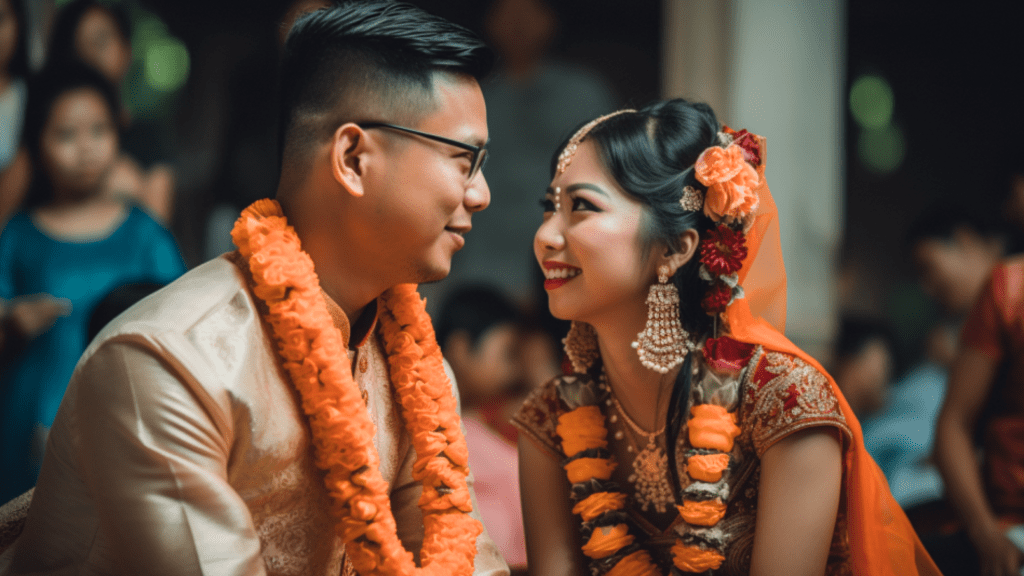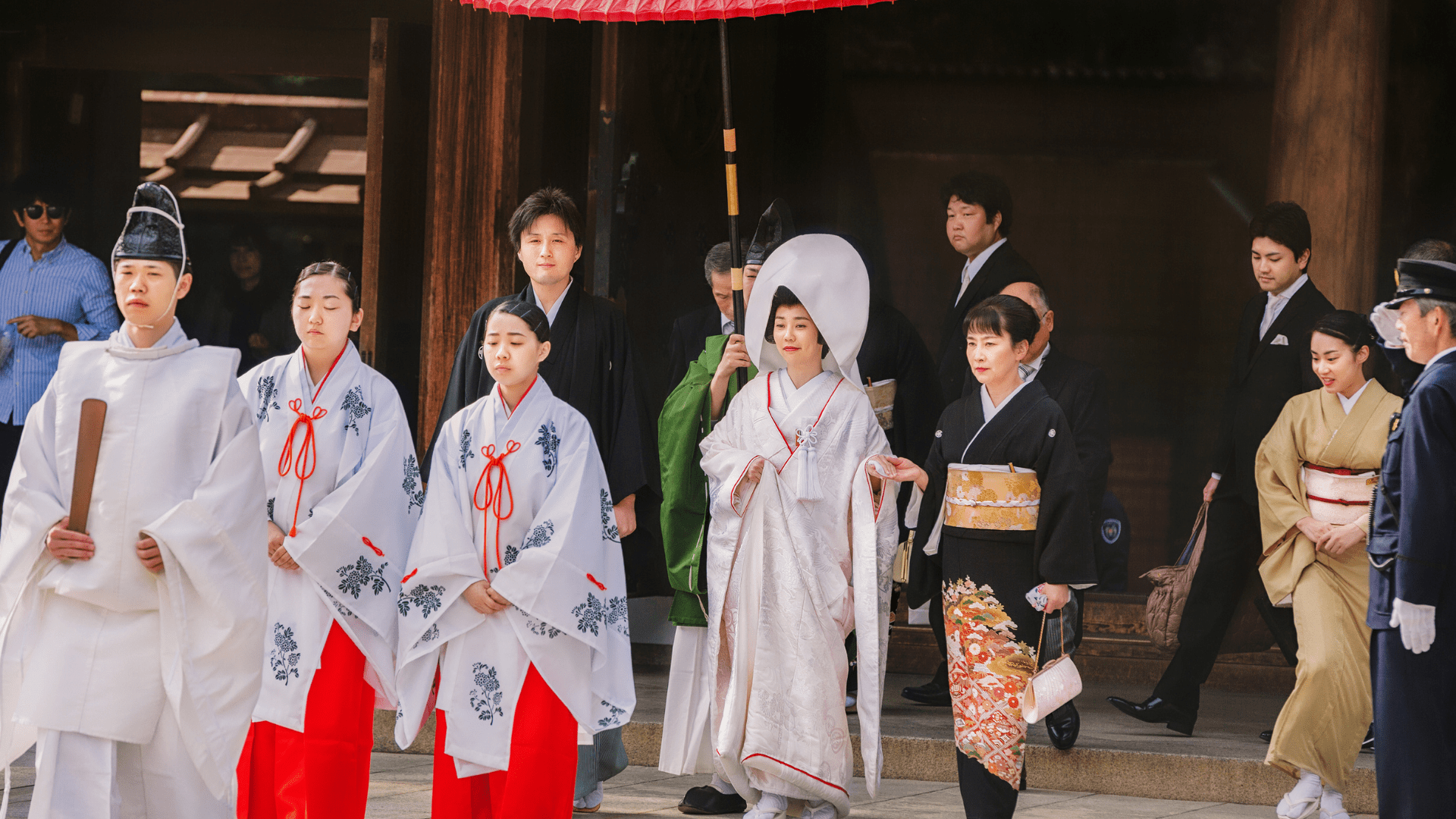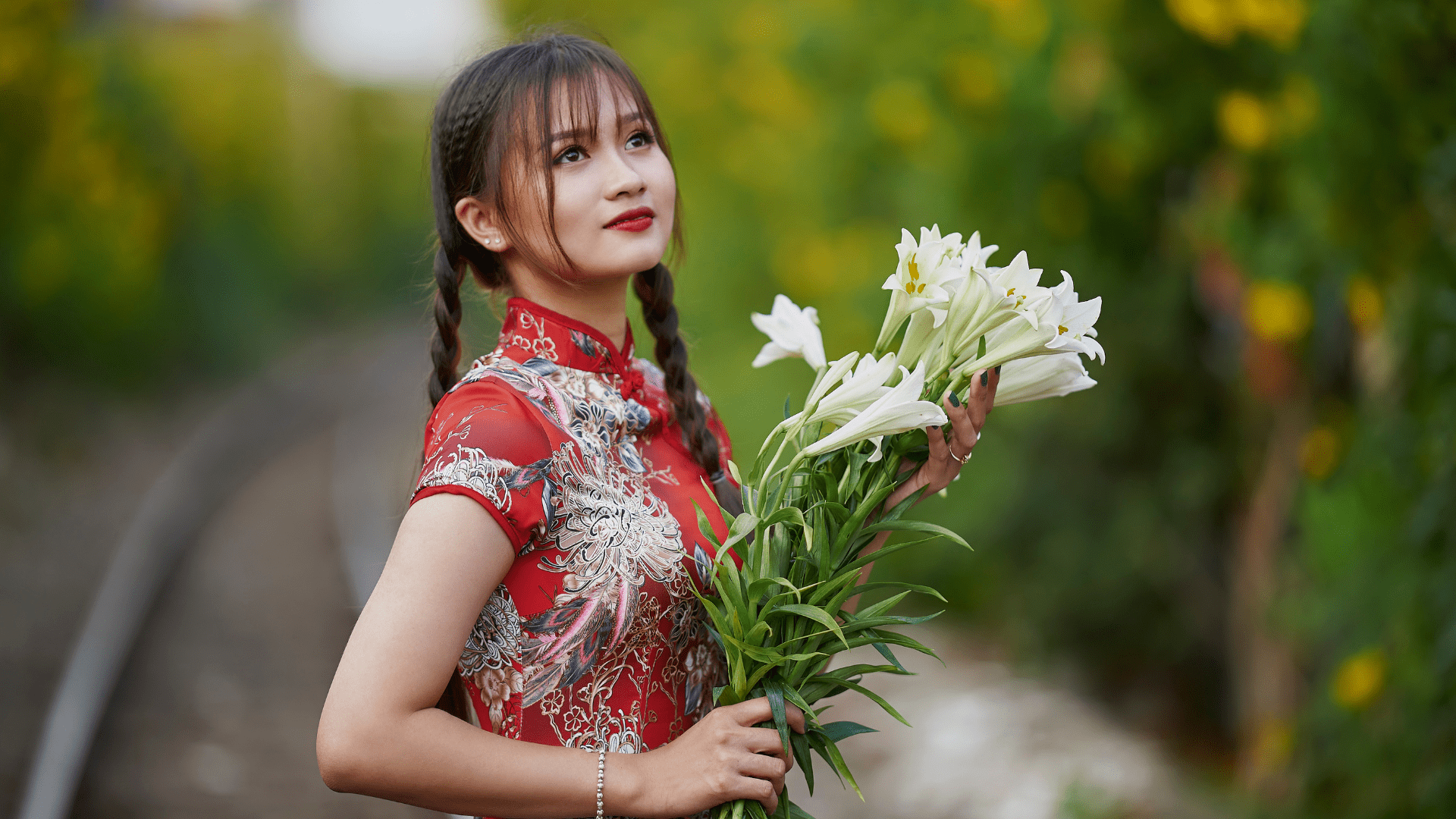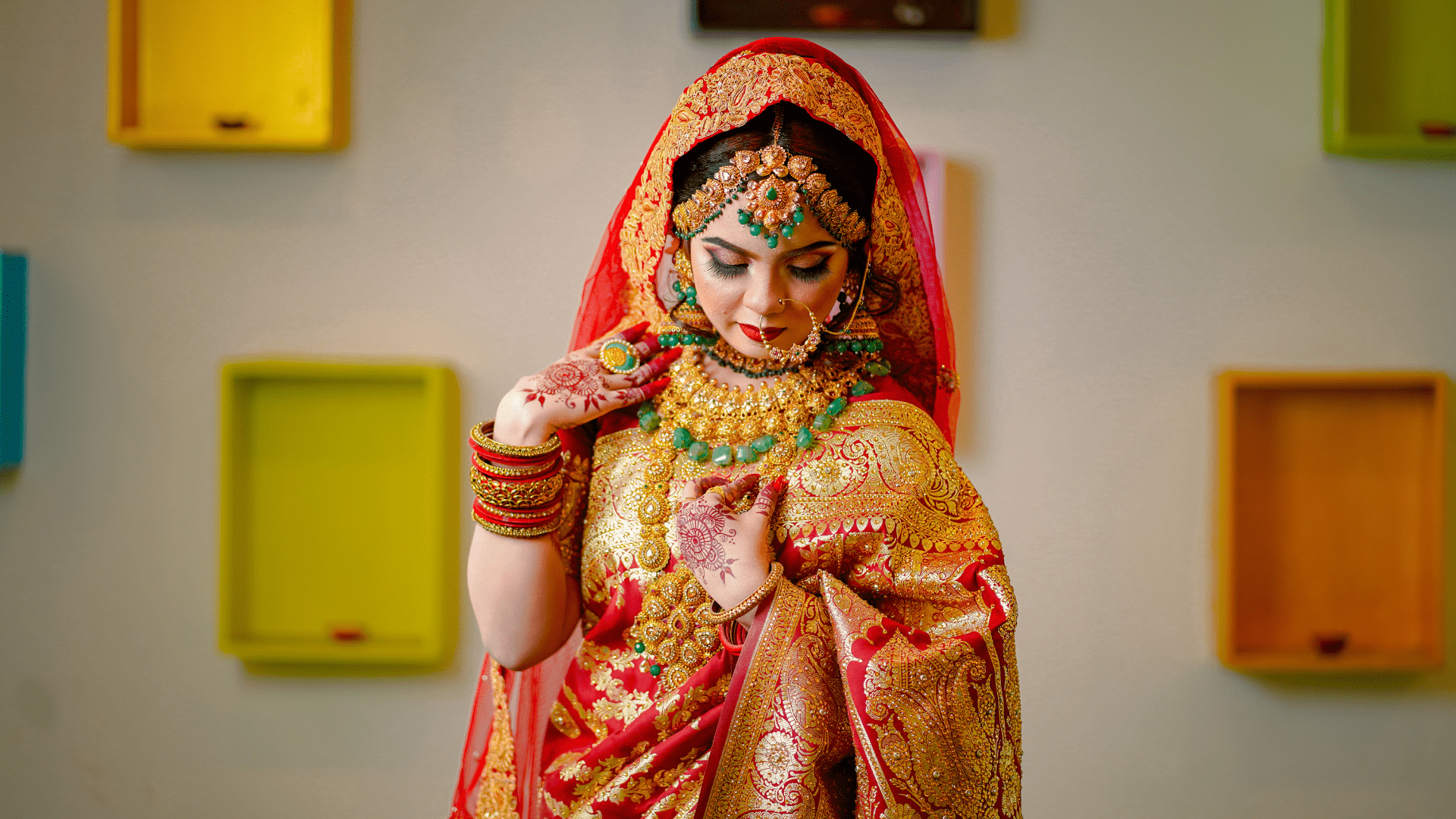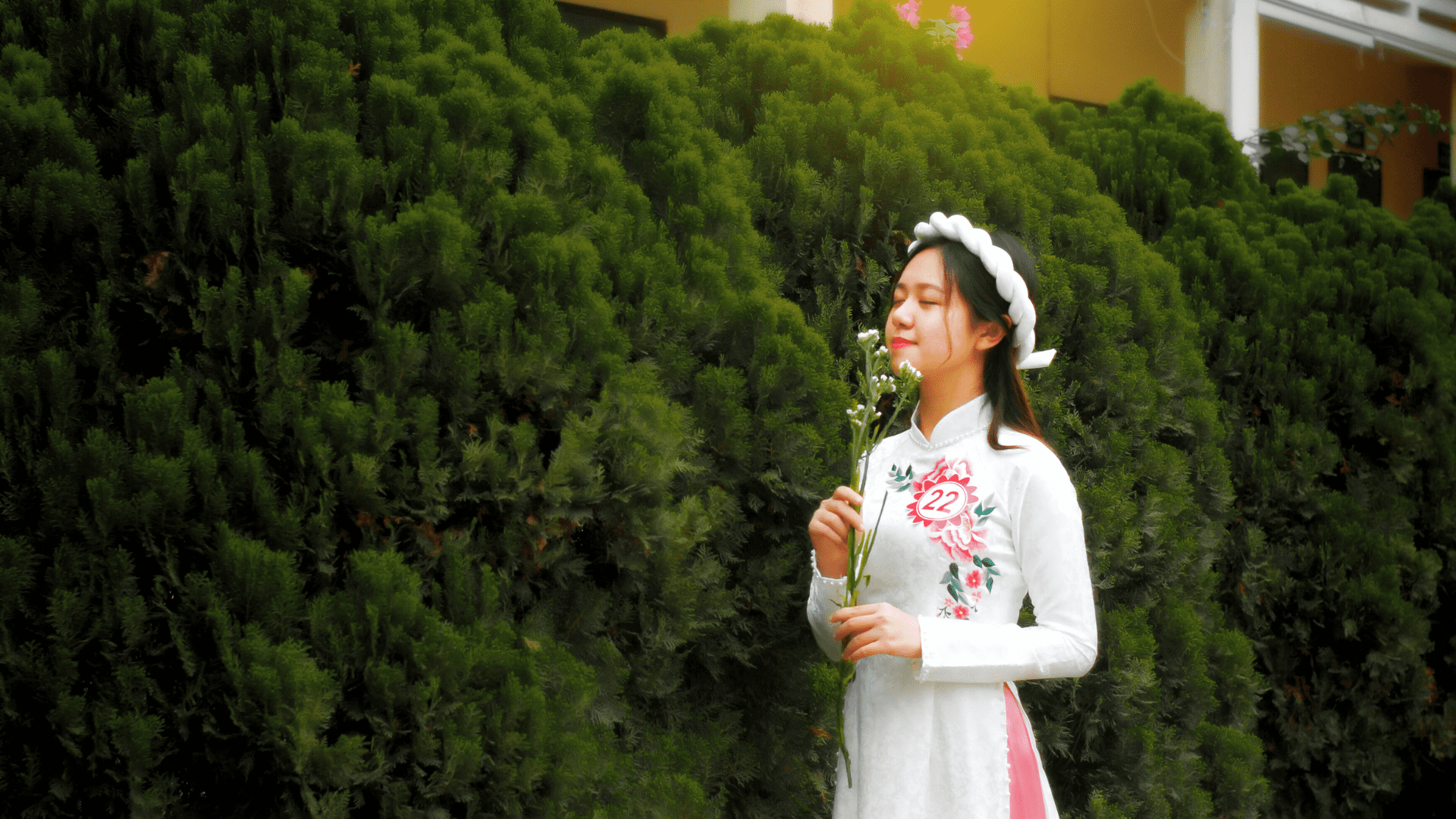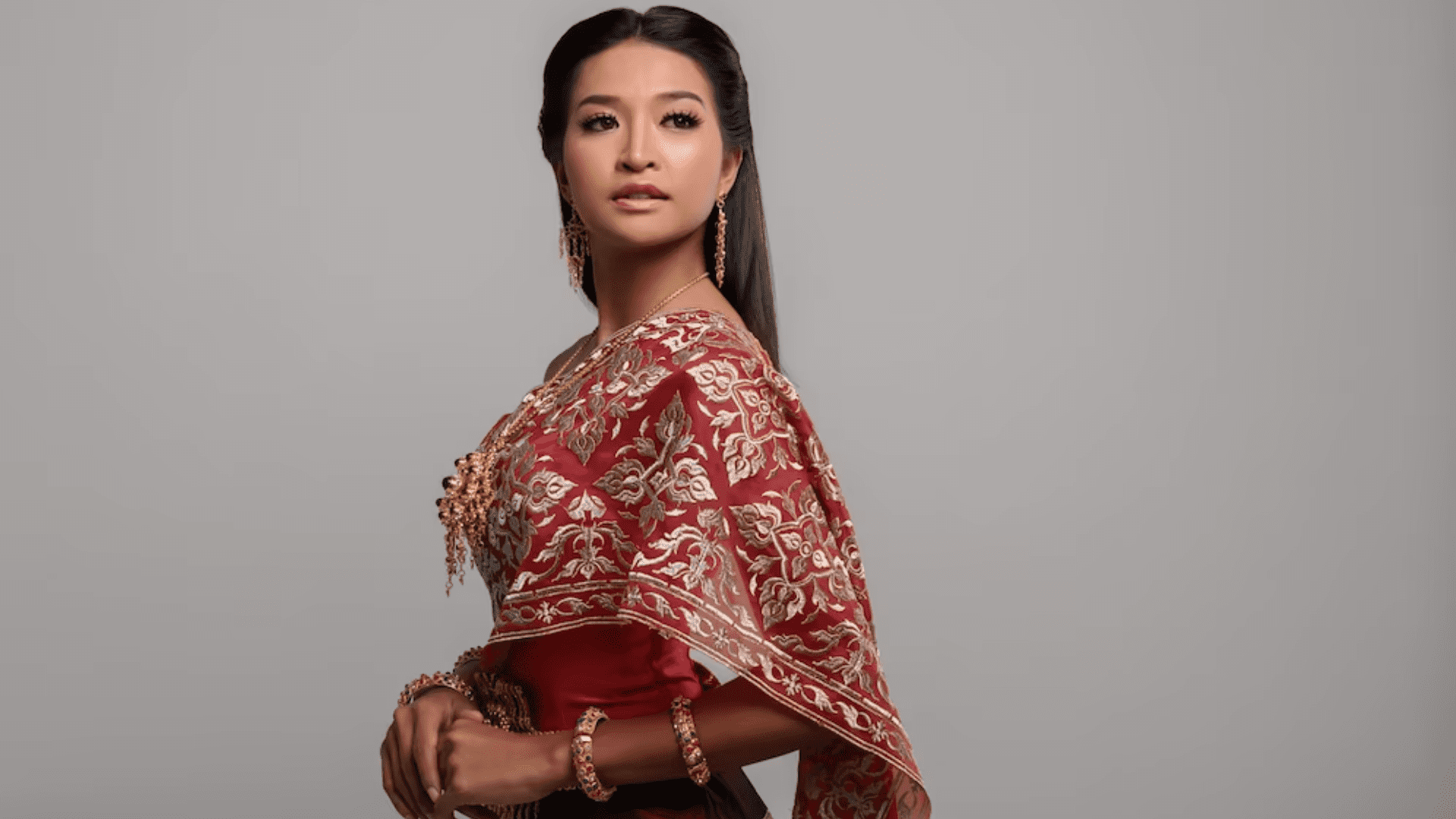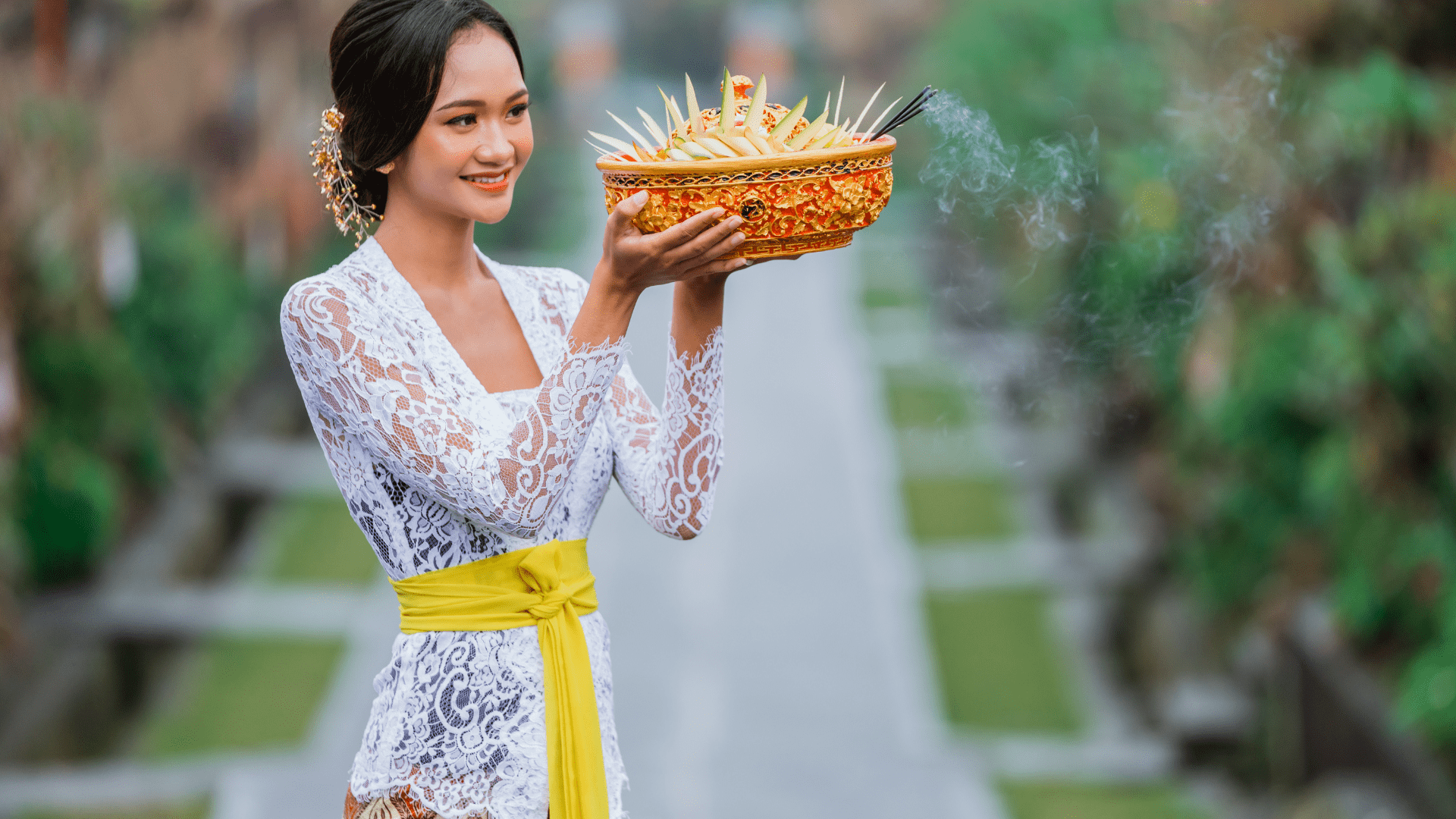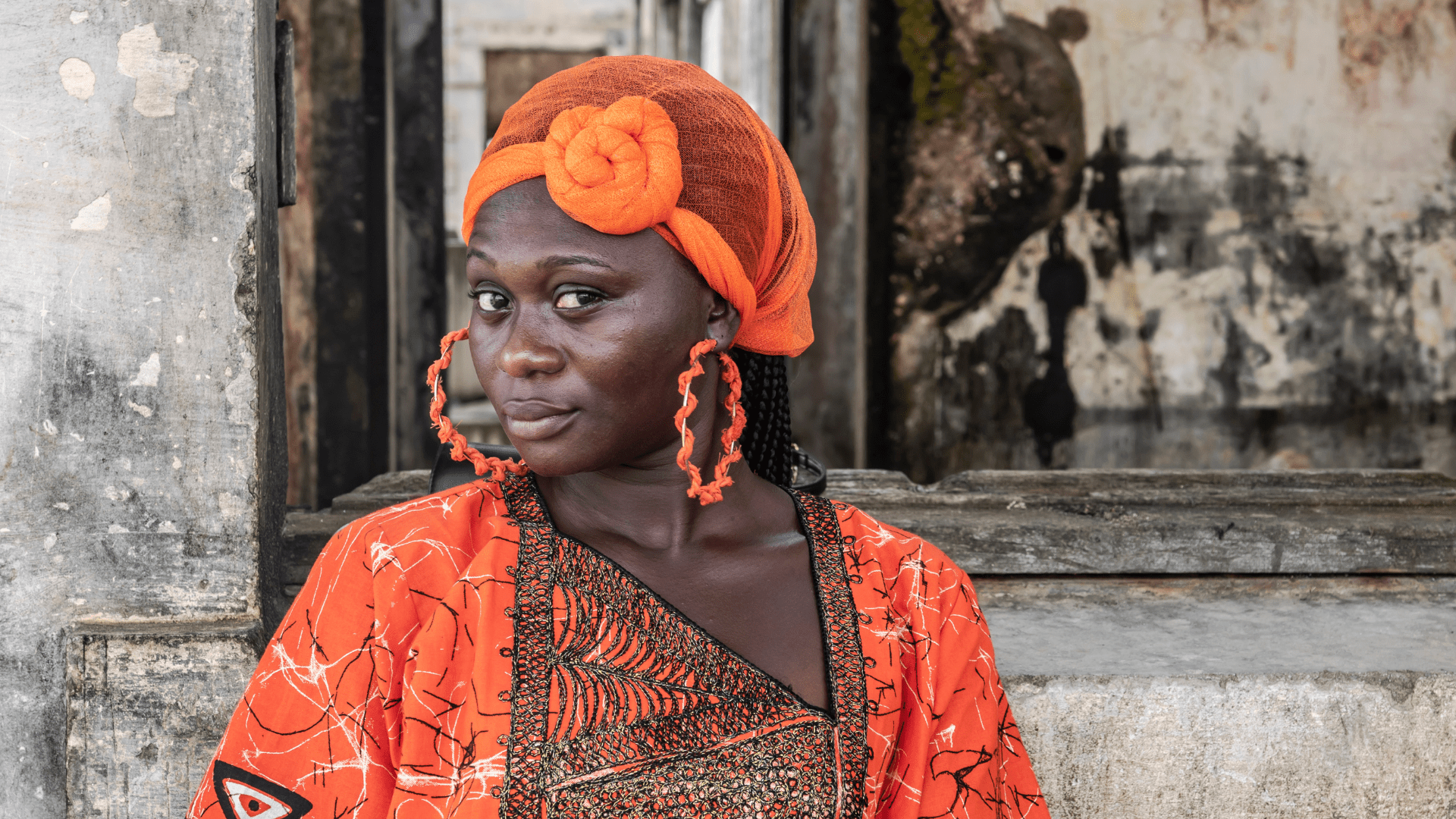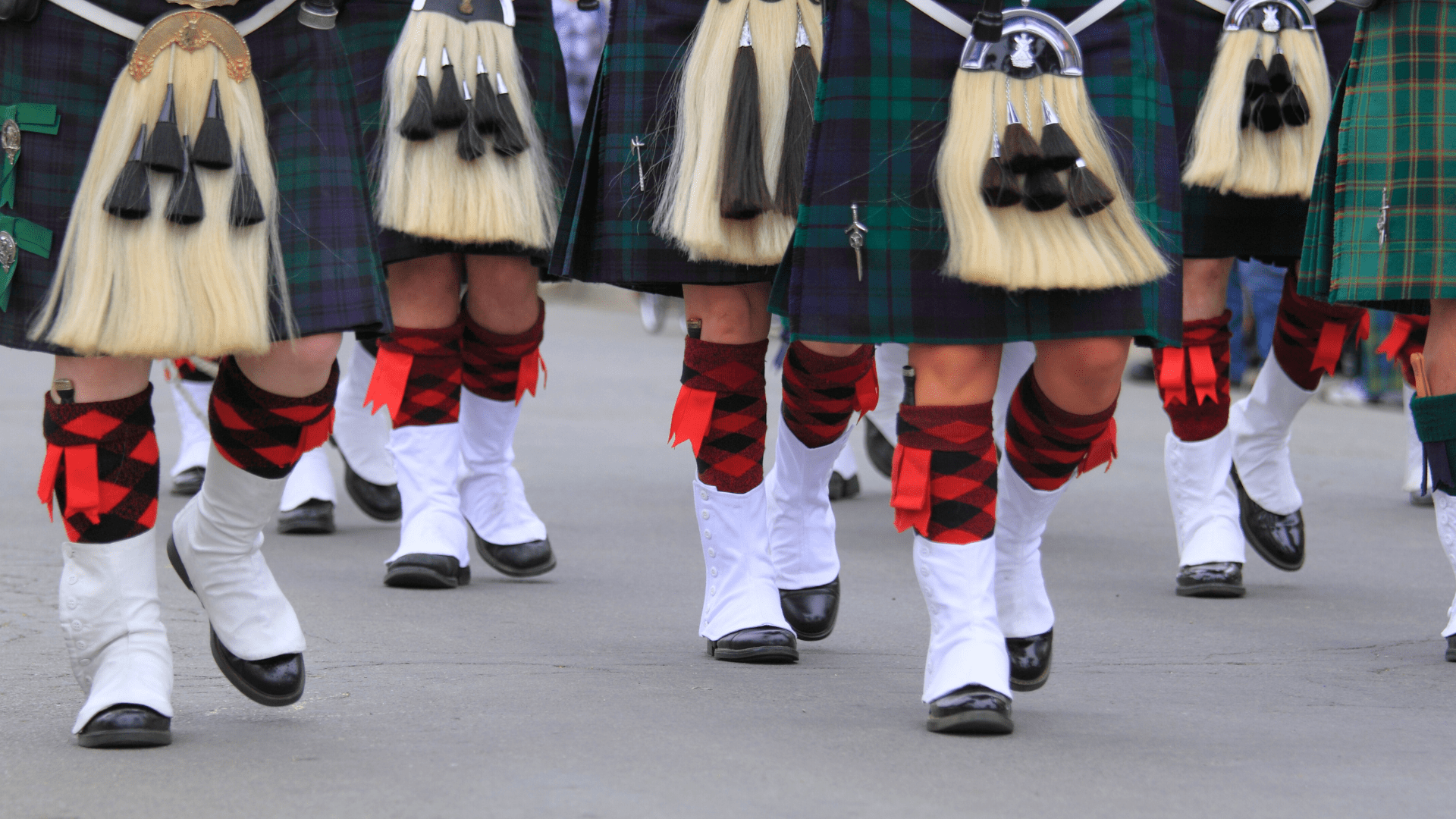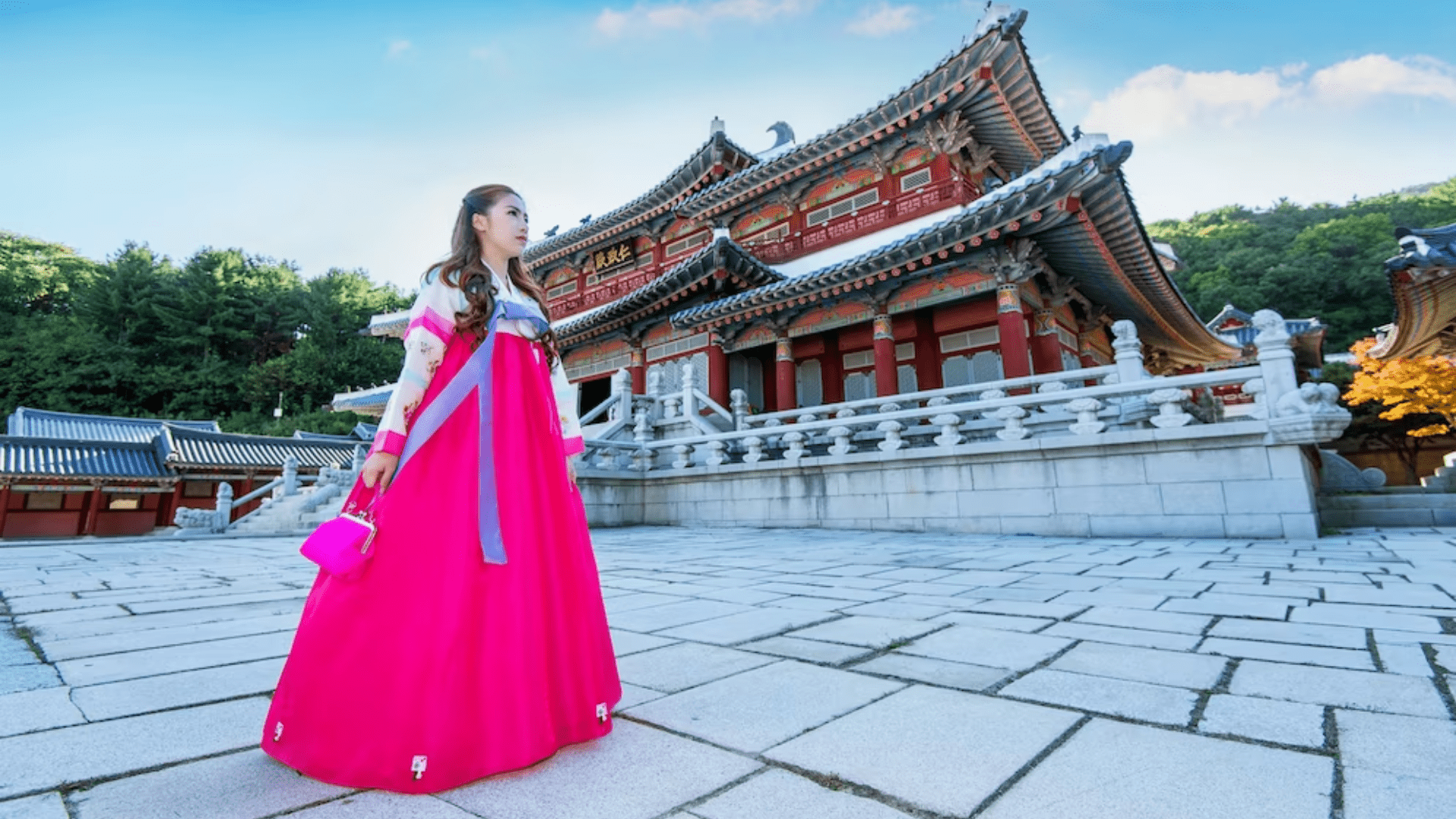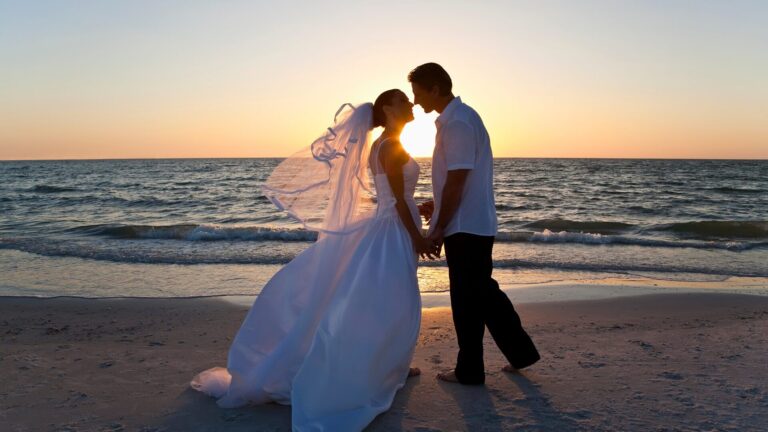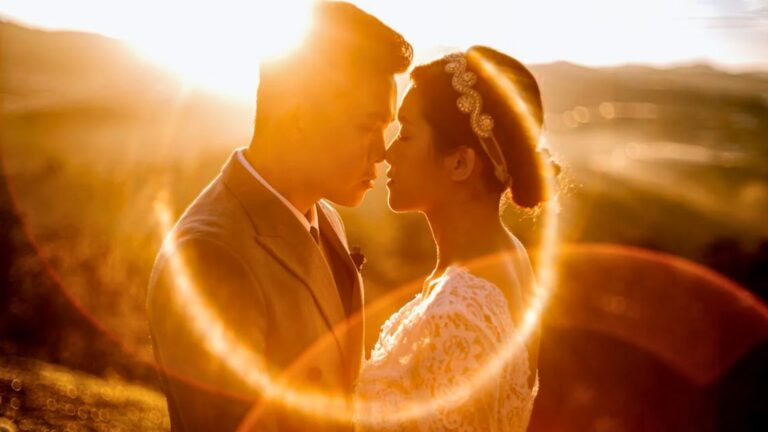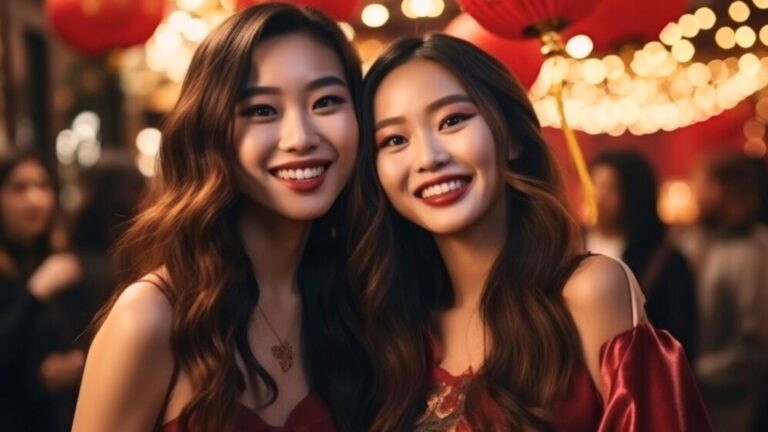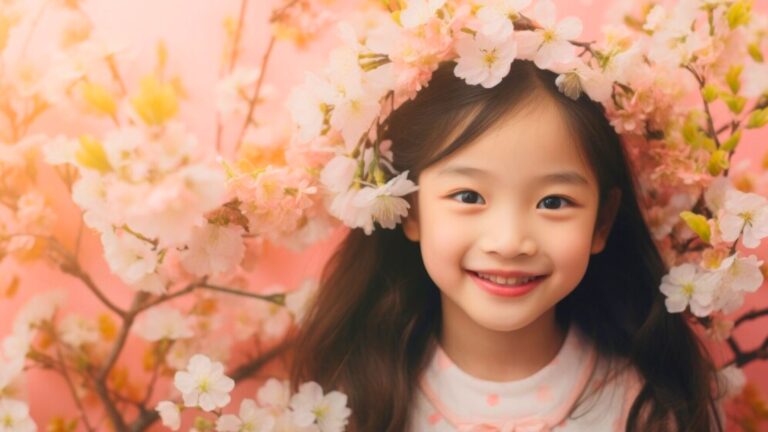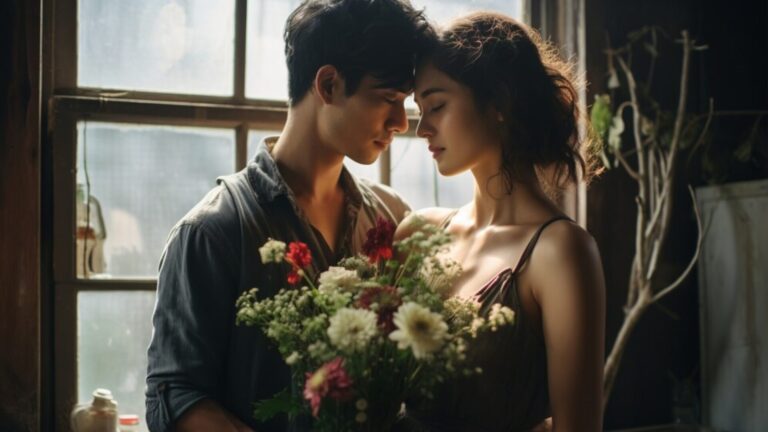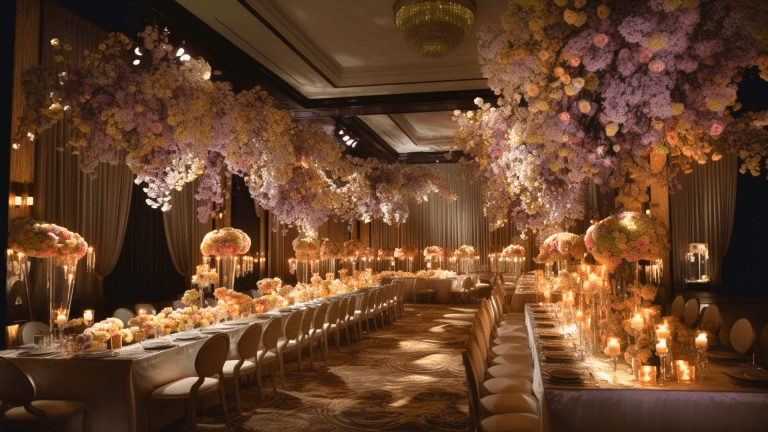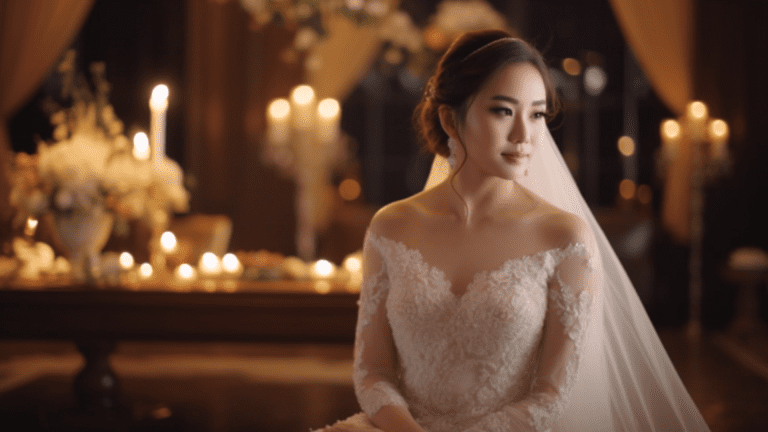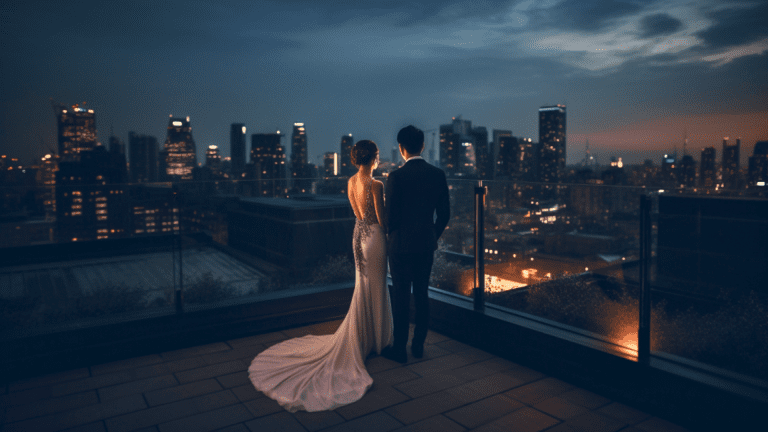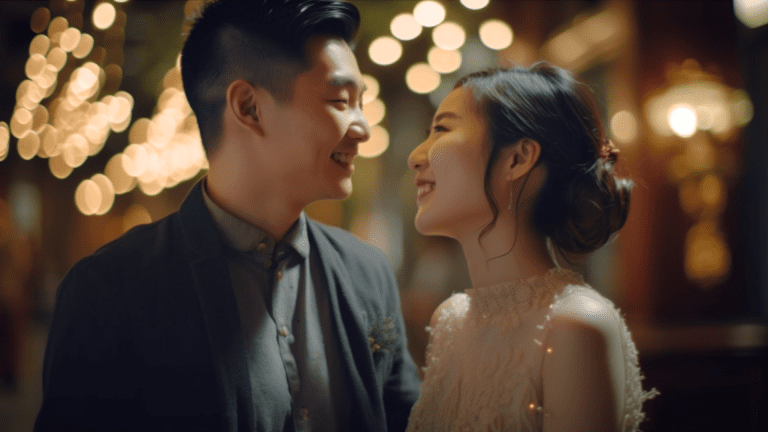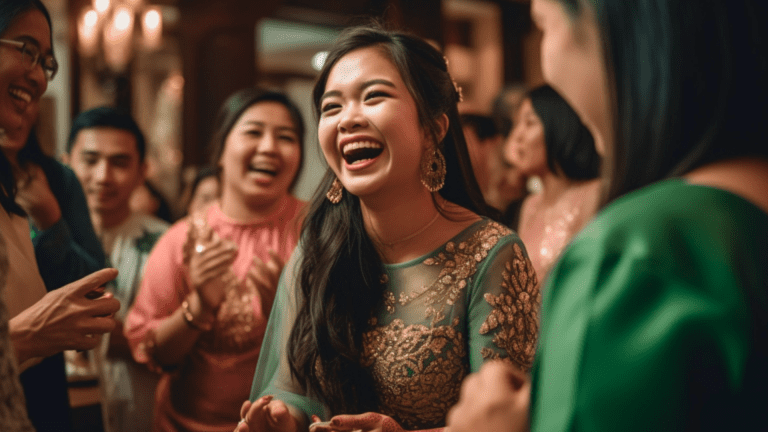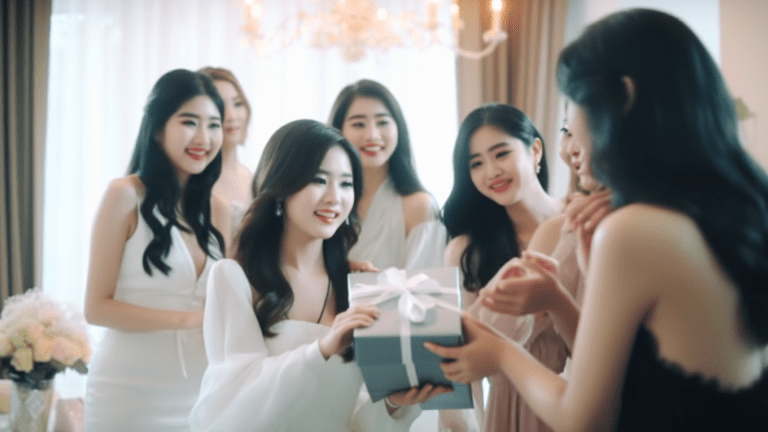Wedding ceremonies are a time of joy and celebration, and one of the most important aspects of any wedding is the wedding dress. Traditional wedding dresses worldwide come in various styles, colours, and designs, each with unique cultural significance.
The wedding dress is one of the most important cultural symbols of any wedding. It signifies the beauty, tradition, and values of the culture to which it belongs. Traditional wedding dresses are not just about fashion but also an essential cultural heritage. They represent the customs, values, and beliefs of the people that wear them. Let us take a closer look at the types of traditional wedding dresses worldwide.
The Baju Kurung – Malaysia
The Baju Kurung is a traditional Malay dress worn by women in Malaysia. It is a long-sleeved blouse that is paired with a long skirt. The dress is often complemented by a headscarf known as the tudung. The dress comes in various colours and designs, usually cotton or silk. The Baju Kurung symbolizes modesty and elegance, and it is worn during weddings special r special occasions in Malaysia.
The Kimono – Japan
In Japan, the wedding ceremony is a highly respected and sacred event. The kimono is a traditional Japanese dress worn by both men and women. The kimono is made of silk, and its designs are usually embroidered by hand. The colours of the kimono symbolize the seasons, with white representing winter. The bride wears a white kimono called “uchikake” and a headdress called “tsuno-kakushi,” which hides her “horns of jealousy.”
The Cheongsam – China
The Cheongsam is a traditional Chinese dress that originated in the 1920s. It is a form-fitting dress that highlights the curves of the body. The dress is usually made of silk, satin, or brocade and has high slits on the sides. In Chinese culture, red is the colour of happiness and good fortune, so brides wear red Cheongsam dresses.
The Sari – India
The Sari is a traditional dress worn by Indian women. It is a long piece of cloth, usually made of silk, draped around the body in a specific way. The Sari comes in various colours and designs, each with special significance. The traditional Indian wedding dress is usually red or pink, and the bride often wears a lot of jewellery to complement the dress.
The Ao Dai – Vietnam
The Ao Dai is a traditional Vietnamese dress often worn for special occasions like weddings. The dress is made of silk, and the design is usually simple and elegant. The bride wears a white or light-coloured Ao Dai dress, symbolizing purity and innocence. The dress is often complemented by a conical hat called “non la.”
The Kebaya – Indonesia
The Kebaya is a traditional Indonesian dress worn by women. It is a form-fitting dress made of lace or silk, often paired with a sarong or batik. The Kebaya comes in various colours and designs and is usually paired with elaborate jewellery. The dress symbolizes the bride’s beauty, grace, and elegance.
The Dashiki – Africa
The Dashiki is a traditional African dress worn by both men and women. It is a loose-fitting shirt that is often made of cotton or silk. The dress comes in various colours and designs, often decorated with embroidery or prints. In African cultures, the Dashiki is worn to celebrate cultural heritage and identity.
The Highland Dress – Scotland
The Highland Dress is a traditional Scottish dress worn by men during weddings. It consists of a kilt, a sporran (a small bag worn around the waist), a jacket, and a hat. The kilt is made of wool and comes in various tartan patterns. The Highland Dress symbolizes the groom’s Scottish heritage and identity.
The Hanbok – Korea
The Hanbok is a traditional Korean dress worn by both men and women. It is a colourful dress that comes in various designs and patterns. The bride wears a red or pink Hanbok dress, symbolizing good fortune and happiness. Elaborate hair accessories and jewellery often complement the dress.
Conclusion
Traditional wedding dresses around the world come in various styles, colours, and designs, each with its unique cultural significance. These dresses are not just about fashion, but they also represent the customs, values, and beliefs of the people that wear them. Whether it’s the white Kimono in Japan or the red Cheongsam in China, traditional wedding dresses are a symbol of beauty, tradition, and cultural heritage.
At 50Gram Wedding, we specialize in planning traditional weddings that embrace the diverse regional cultures of Malaysia. Our expert team will guide you in incorporating customs and rituals specific to your region, ensuring an authentic and memorable celebration. From traditional attire to cultural elements, we’ll curate a wedding that beautifully reflects your heritage. Trust us to honor your traditions and create a meaningful and unforgettable traditional wedding experience. Let’s celebrate your love story in a way that truly embraces your regional customs.
FAQ
The Baju Kurung is a traditional Malay dress worn by women in Malaysia. It symbolizes modesty and elegance. The dress consists of a long-sleeved blouse paired with a long skirt, often cotton or silk. It is commonly worn during weddings and special occasions in Malaysia.
The Kimono is a traditional Japanese dress worn by men and women during weddings. It is typically made of silk and features hand-embroidered designs. The colours of the Kimono represent the seasons, with white symbolizing winter. Brides wear a white Kimono called “uchikake” and a headdress called “tsuno-kakushi,” which hides their “horns of jealousy.”
The Cheongsam is a traditional Chinese dress that originated in the 1920s. It is a form-fitting silk, satin, or brocade dress and often features high slits on the sides. Red Cheongsam dresses are commonly worn by Chinese brides as red symbolises happiness and good fortune in Chinese culture.
The Sari is a traditional dress worn by Indian women. It consists of a long piece of cloth, usually made of silk, draped around the body in a specific way. The colours and designs of the Sari hold special significance. Traditional Indian wedding dresses are often red or pink, symbolizing auspiciousness, and brides typically wear a lot of jewellery to complement the dress.
The Ao Dai is a traditional Vietnamese dress for special occasions like weddings. It is made of silk and features a simple and elegant design. Brides wear a white or light-coloured Ao Dai dress, symbolizing purity and innocence. The dress is often paired with a conical hat called “non la” for a completely traditional look.

